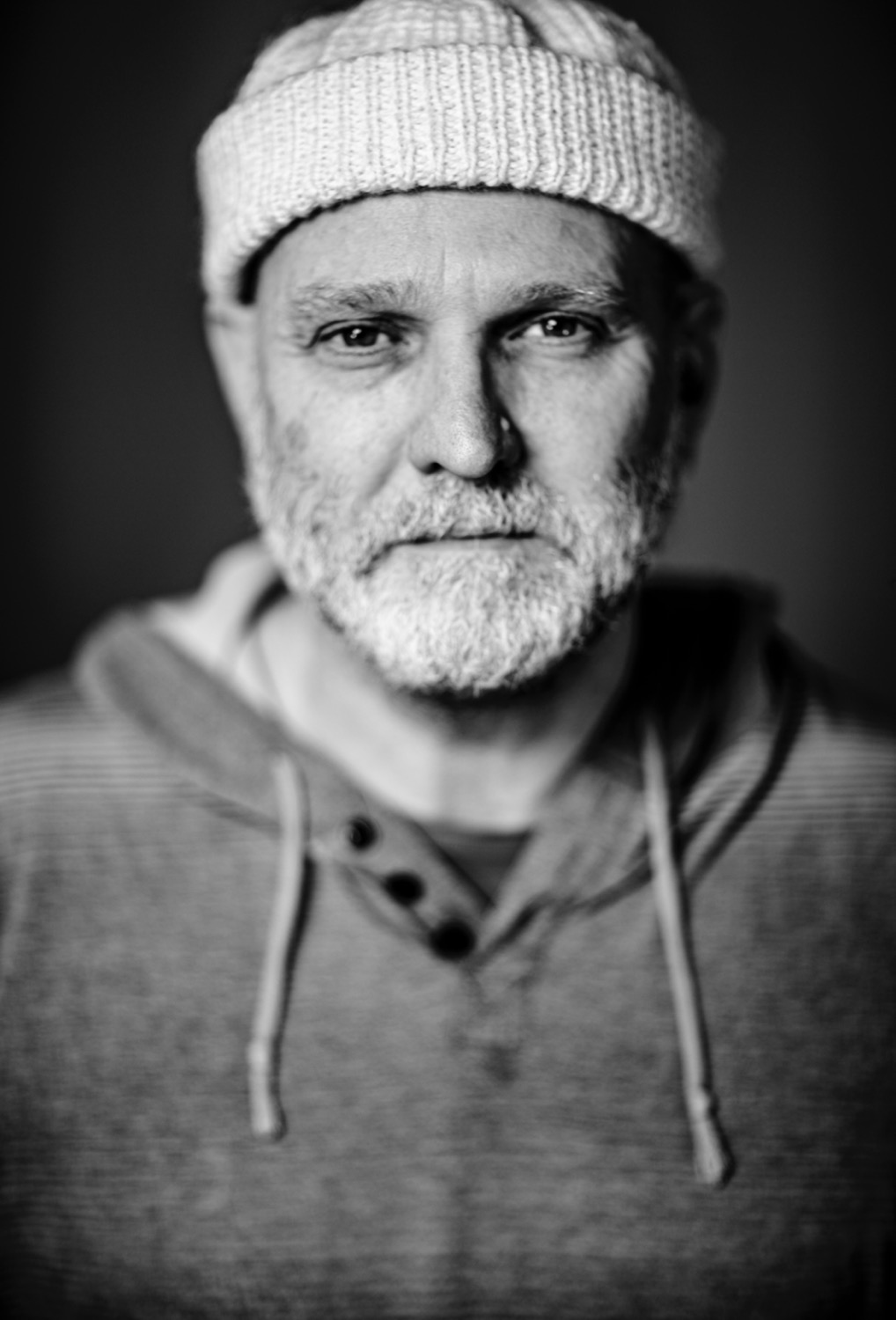Top Unique Selling Points (USP) for considering Virtual Production
- Rob Chandler

- May 16, 2022
- 3 min read
So we all have heard about how using virtual production is the next best thing, but actually why does it matter?
So, here's my list of the key points I've identified over the past 2 years:
Set Location Swap - Swapping from one UE (Unreal Engine) project to another literally takes minutes, and can even take seconds. Shoot in a hotel lobby in the morning, in a hotel room 10mins later
VFX can be live - Animations of any type can be built in UE, and either controlled with a trigger (start when a button is pushed) or can be timed on a loop or random. So birds can fly around in the distance, clouds can move across the sky, graphics can appear and animate - or even a dinosaur can walk by
Huge reduction in CO2 - far less need to fly people and equipment around. Shoot anything from one stage
Convenience - Production only needs to think about one controlled environment. Allowing you to film in a normally un-filmable location: prisons, palaces, empty streets, etc. And the portaloo's never have to be emptied ever again!!!
Agility - Given the CGI is in UE, having a virtual artist on set, means you can make adjustments on set, just as you would a physical set. The added feature is that props and walls can be coloured as well as moved. NOTE: Don't try this at home, it has to be controlled and used with care!
Control - The time of day or weather can be fully controlled - so unforeseen rain showers are a thing of the past
Flexibility - Because a Virtual Scene, Set, Studio or Location can be loaded in minutes, call-backs, training, presentations, how-to's can be filmed without having to hire a studio and crew for a whole day. Saving vast amounts of time and money.
Disruptive - Given the tech and workflow is emerging and developing on a daily basis, the capabilities have yet to be fully explored. Pre-Pilot episodes can be shot at speed and cost effectively, scripts can be 'set tested' for commissioning editors, independent film scripts aren't constrained by the resources available, TV ads can be gamified, Metaverse's can be fully utilised for filming locations. Together with a whole load of other uses not yet imagined
On Set Viz - With LED volumes the actors can feel more immersed in the environment, but with both LED and Green Screen VP, the director, DoP, talent and crew can see exactly what's being captured. Taking out the need for imagination at the time of shooting
Final Pixel - for LED and Green Screen VP, its quite simple to record live in camera (for GS, you record from a PC render engine and easier to also plan for post production) - HOWEVER this requires a full understanding of the expected results
The following are more specific to Green Screen VP:
Foreground CGI - because of the way UE can be manipulated, it is possible to move CGI objects in front of talent or a physical set or prop
Use of proxy CGI - With the nature of chromakeying and the recording of all the camera and lens metadata, a proxy CGI can be used for on-set viz. This means that a live shoot doesn't have the risk of being held up by the final CGI not being ready
Rapid post production rendering - There is a very good chance a project will have post production planned. Applying the metadata of the camera movements and lens data to a 3D CGI means that the background only takes a short time to be rendered. This allows for the progress of CGI to be added to the live footage any number of times throughout the post process
Cloud Rendering - with a UE project placed in the cloud, on-set or large render swarms aren't required on-site. Allowing high spec output to be rendered as required without capital investment, maintenance or risk
Camera and Lens Metadata capture - That accuracy of this really counts and will save vast amounts of resources over the a production - small or large. Once it's captured it can be applied to any UE Project render, any number of times. It's even possible to shoot and record the metadata of any number of cameras. Multiple close, mid and wide can be captured in a single take.

Comments